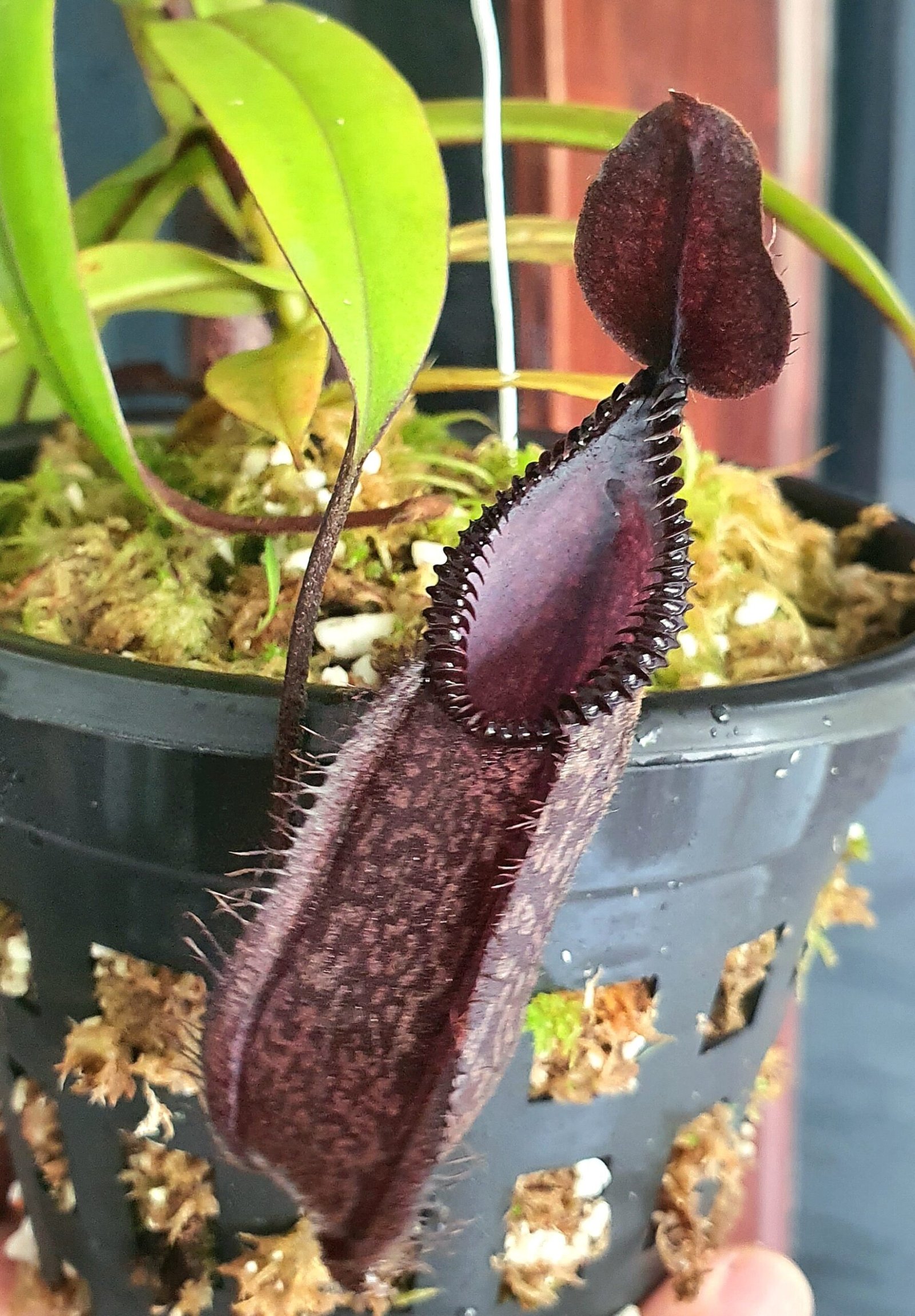A Tropical Carnivorous Wonder for school and Zoos and growers.
Introduction
Nepenthes, also known as tropical pitcher plants, are fascinating carnivorous plants found in Southeast Asia, India, and Australia. They are famous for their hanging pitcher-shaped traps that capture and digest insects. Their striking appearance and unique mechanism make them ideal for botanical gardens, zoo safari education, and school displays in India.
The genus Nepenthes was first scientifically described in 1737 by Carl Linnaeus, who was intrigued by their unusual form and insect-catching ability.
Origin and Appearance
One notable Indian species is *Nepenthes khasiana*, which is native to the Khasi Hills in Meghalaya, India. It is the only pitcher plant species native to India and is classified as endangered due to habitat loss. This species plays a key role in regional biodiversity and conservation efforts.
Nepenthes grow in warm, humid environments and produce long, vase-like pitchers at the ends of their leaves. These pitchers lure insects with nectar, then trap and digest them using acidic fluid.
Some species, like Nepenthes rajah, can even trap small vertebrates like frogs or mice! Pitchers vary in size, color, and shape—from small cups to large, striped tubes.

Growing in India
Nepenthes can thrive in India, especially in terrariums or shaded balconies, if their tropical conditions are mimicked. They need:
– Filtered sunlight (8–12 hours/day) or grow lights
– Distilled, RO, or rainwater only (no tap water)
– Acidic, nutrient-poor soil (sphagnum moss + perlite mix)
– High humidity (60–90%), preferably in a terrarium
– Temperature range:
– Lowland species: 20°C–35°C
– Highland species: 10°C–25°C
Do not feed them human food or use chemical fertilizers, as this can damage their pitchers.
Educational Importance
Nepenthes plants help students understand:
– Plant adaptations in poor soils
– Passive pitfall trapping mechanisms
– Plant-animal interaction
– Rainforest biodiversity and conservation
Fun Fact
Some Nepenthes species form partnerships with tree shrews or bats, offering shelter in return for their droppings—an excellent source of nutrients!
Conclusion
Nepenthes is more than just a beautiful plant—it’s a living lesson in survival, adaptation, and biodiversity. When properly cared for, it can become a highlight in Indian nature parks, biology labs, and home collections.

Nepenthes: लटकता घड़ा पौधा
स्कूल और चिड़ियाघरों के लिए नेपेनथिश कीटभक्षी एक दार्शनिक पौधा है
परिचय
Nepenthes, जिसे आमतौर पर पिचर प्लांट कहा जाता है, एक अद्भुत कीटभक्षी पौधा है जो दक्षिण-पूर्व एशिया, भारत और ऑस्ट्रेलिया में पाया जाता है। इसके पत्तों के सिरे पर लटकते घड़े जैसे जाल होते हैं जो कीड़ों को फँसाकर पचा लेते हैं। इसका अनोखा रूप इसे शैक्षिक प्रदर्शन, चिड़ियाघर सफारी और बोटैनिकल गार्डन के लिए आदर्श बनाता है।
इस पौधे का वैज्ञानिक वर्णन सबसे पहले 1737 में कार्ल लीनियस ने किया था।
उत्पत्ति और रूप-रंग
भारत की एक प्रमुख प्रजाति *Nepenthes khasiana* है, जो मेघालय के खासी हिल्स क्षेत्र में पाई जाती है। यह भारत की एकमात्र स्थानीय पिचर पौधा प्रजाति है और प्राकृतिक आवास नष्ट होने के कारण संकटग्रस्त श्रेणी में है। यह प्रजाति क्षेत्रीय जैव विविधता और संरक्षण में महत्वपूर्ण भूमिका निभाती है।
Nepenthes गर्म, नम क्षेत्रों में उगते हैं और उनकी पत्तियाँ लंबी होकर घड़े (पिचर) बनाती हैं। इन घड़ों में मीठा रस होता है जो कीड़ों को आकर्षित करता है। अंदर गिरने पर कीड़ा पाचन रस में घुल जाता है।
कुछ प्रजातियाँ जैसे Nepenthes rajah छोटे मेंढ़कों या चूहों तक को पकड़ सकती हैं! इन घड़ों का आकार और रंग बहुत भिन्न होता है—छोटे प्यालों से लेकर बड़े, धारियों वाले पाइप जैसे।
भारत में उगाना
Nepenthes को भारत में आसानी से उगाया जा सकता है, खासकर टेरेरियम, बालकनी, या छायायुक्त स्थानों में। आवश्यकताएँ:
– 8–12 घंटे की छनी हुई धूप या ग्रो लाइट
– केवल RO, डिस्टिल्ड, या बारिश का पानी (नल का पानी नहीं)
– अम्लीय और पोषक तत्व रहित मिट्टी (स्पैगनम मॉस + पर्लाइट)
– 60–90% नमी, टेरेरियम सबसे अच्छा
– तापमान सीमा:
– लो लैंड प्रजातियाँ: 20°C–35°C
– हाई लैंड प्रजातियाँ: 10°C–25°C
इन्हें इंसानी खाना या खाद न दें, इससे पिचर खराब हो सकते हैं।
शैक्षणिक महत्व
Nepenthes छात्रों को सिखाते हैं:
– कमजोर मिट्टी में अनुकूलन
– जड़ता आधारित फंदा प्रणाली
– कीट-पौधे के बीच संबंध
– वर्षा वन की जैव विविधता और संरक्षण
रोचक तथ्य
कुछ Nepenthes प्रजातियाँ गिलहरी या चमगादड़ से सहजीव संबंध बनाती हैं—वे पिचर में रहकर मल छोड़ते हैं, जो पौधे के लिए पोषण बनता है!
निष्कर्ष
Nepenthes केवल एक पौधा नहीं, बल्कि प्रकृति की जीवंत प्रयोगशाला है। यदि सही देखभाल की जाए तो यह भारतीय चिड़ियाघरों, स्कूलों और घरों की शोभा बन सकता है।